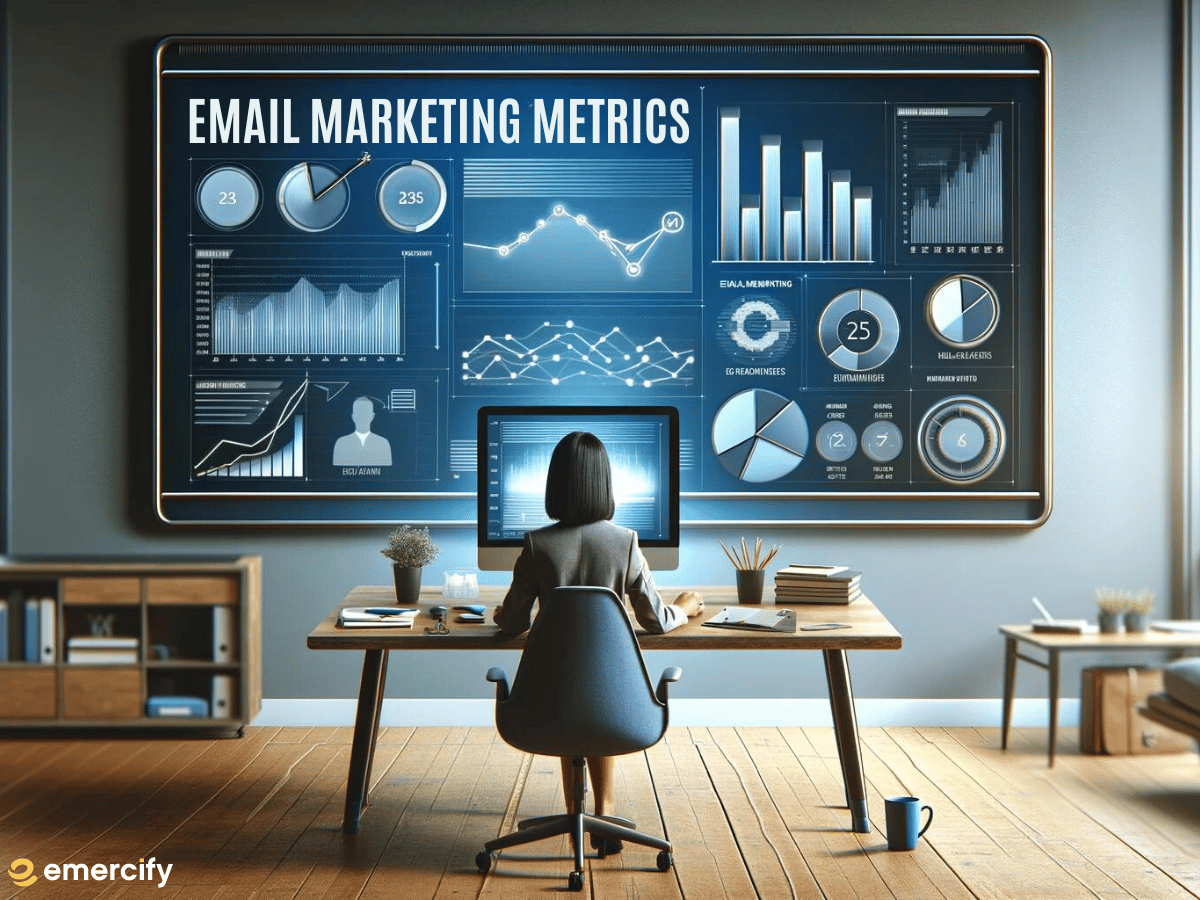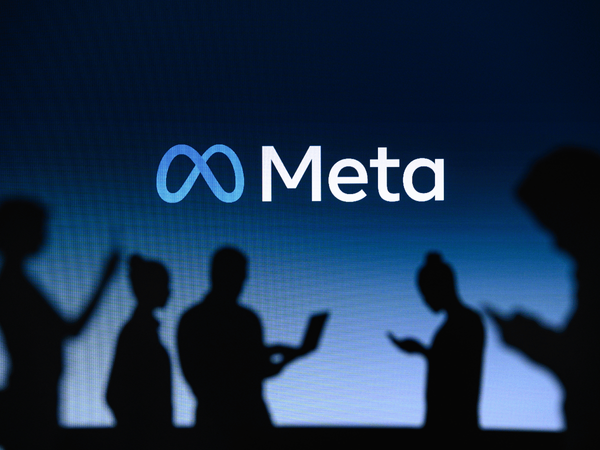Reviving Customer Connections: The Power of Win-Back Campaigns

In the fast-paced world of eCommerce (or really any business in general), where acquiring new customers often takes center stage, it's easy to overlook the value of nurturing past relationships. Win-back campaigns, a strategic approach to re-engaging with inactive customers, have emerged as a potent tool to rekindle these connections. In this blog, we'll delve into the world of win-back campaigns, exploring the art of identifying inactive subscribers, the tactics for successful re-engagement, and the role of personalization in this process.
Instant Vs. Slow Burn
What exactly are win-back campaigns, and how are they more than just reaching out to past customers? While both win-back campaigns and attempts to elicit customer reactions share a common goal of re-engaging customers, they differ in their strategic approaches. Win-back campaigns are structured endeavors specifically aimed at reviving relationships with inactive customers. These campaigns involve a systematic identification of inactive subscribers, followed by the implementation of targeted incentives, personalized content, and even the option to exit the brand's communication channels gracefully. Shortly put, they allow for a brand to put in more of an effort to gain someone’s attention again rather than just simply following up. On the other hand, attempting to provoke a customer reaction may involve strategies like generic follow-up emails or social media interactions to trigger immediate responses. While the latter focuses on instant engagement, win-back campaigns take a more holistic and long-term approach by rekindling past connections through thoughtful and personalized outreach efforts. You can definitely use the immediate response approach as part of your win-back campaign but don’t rely on it. Remember, it is imperative that you take the time and effort to really reach out and rekindle your past audience, and that requires you to put in the time, effort, and resources to do so.
Understanding Inactive Subscribers: A Data-Driven Approach
Before launching a win-back campaign, it's crucial to identify who falls under the "inactive subscriber" category. Typically, an inactive subscriber is someone who hasn't interacted with your brand or made a purchase within a specific timeframe, often around 3 to 6 months. However, the exact definition can vary depending on your industry and customer behavior. We highly recommend you sit down, think this through, and identify your inactive subscribers via a term or phrase you coin in regard to your brand or messaging. Brands usually put a spin on titles, departments, and other identifiers. By doing this with your audience segmentation, you can keep things on-brand and in focus. How do you identify inactive subscribers? What qualifies them as being “inactive?” These types of questions will help you answer the even bigger question: Do we even need to re-engage these people? And if so, how?
To determine if a subscriber is truly inactive, analyze the engagement metrics such as email opens, click-through rates, website visits, and purchase history. Segment your subscriber list based on these criteria, giving you a clearer picture of who to target with your win-back efforts. You want to invest your time and energy into rebuilding with someone worth the effort. If you put so much into a dating approach, shouldn’t you do the same for your business? No one likes wasting their time, right? Only target those who show promise and the possibility of responding to your re-engagement strategy.
Winning Back through Incentives in Sales
One of the most effective ways to grab the attention of inactive customers is by offering enticing incentives. Discounts, exclusive offers, and personalized deals can be strong motivators for customers to return to your brand. Craft compelling messages that highlight the value of these incentives, showcasing how much you appreciate their past patronage. People like feeling valued, and offering them a generous incentive can be just what you need to get the relationship rekindled!
When designing incentives, strike a balance between generosity and maintaining your profit margins. Consider using tiered offers, where the discount percentage increases based on the customer's past spending. This not only encourages larger purchases but also demonstrates that you're willing to invest in the relationship. A little goes a long way.
Offering an Exit: Unsubscribing with Care
Ironically, giving your customers the option to unsubscribe might just be the trigger that rekindles their interest. As a part of your win-back campaign, include an option for subscribers to exit your email list gracefully. What does that mean? Well, give them a soft ultimatum, so to speak, by giving them the option to stay on your email list, or you can unsubscribe them from your list. Craft a message that emphasizes how much you respect their preferences but also expresses a desire to stay connected if they change their mind. This eliminates the need for you to do constant follow-up while putting the decision-making in their hands. Sometimes, that’s all someone needs.
By allowing customers to unsubscribe without hassle, you demonstrate transparency and respect for their choices. This can potentially open the door for future re-engagement, as customers feel they have control over their interaction with your brand.
The Power of Personalization in Win-Back Campaigns
Personalization is the secret sauce that can turn a generic win-back campaign into a targeted and effective strategy. Leverage the data you've collected about each subscriber's past interactions and preferences to create personalized messages. Mention specific products they've shown interest in, reference their previous purchases, and remind them of the positive experiences they've had with your brand. Most email marketing platforms have smart fields or tokens you can use that can automatically input this information for you. Use it to your advantage. This means you can utilize a templated email and send en masse to your inactive segment in half the time.
Moreover, use dynamic content in your emails that adapts based on customer behavior. For instance, if a customer leaves items in their cart without purchasing, send them a reminder and an additional discount. We recommend setting up workflows and automations to help with this type of thing. It frees up your time and energy to focus on other things without the need of having you to constantly monitor customer behavior. This tailored approach shows that you've been paying attention and genuinely care about their needs.
Win-backs FTW
Win-back campaigns are a potent tool in your marketing arsenal, allowing you to reconnect with customers who may have slipped away. By identifying inactive subscribers, offering appealing incentives, providing an easy unsubscribe option, and infusing personalization, you can craft win-back campaigns that rekindle relationships and boost your bottom line. Remember, the key lies in showing genuine appreciation for their past interactions while paving the way for a renewed connection. You don’t want to send out a random email for an instantaneous reaction. Win-back campaigns are well thought out, planned, and coordinated for a long-term, higher purpose.
Do you have a win-back campaign in place? Why or why not?





